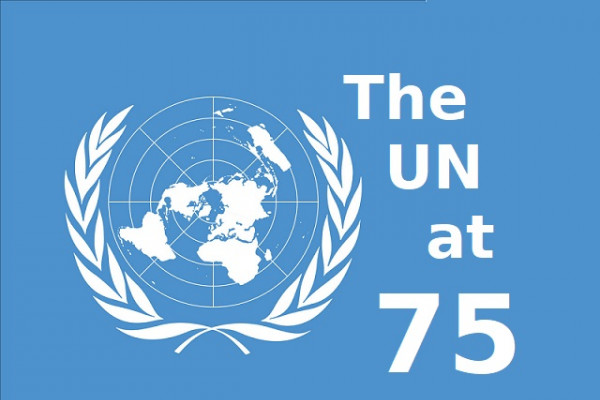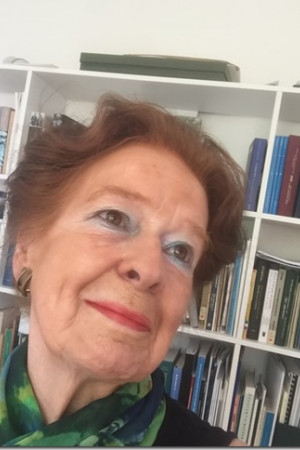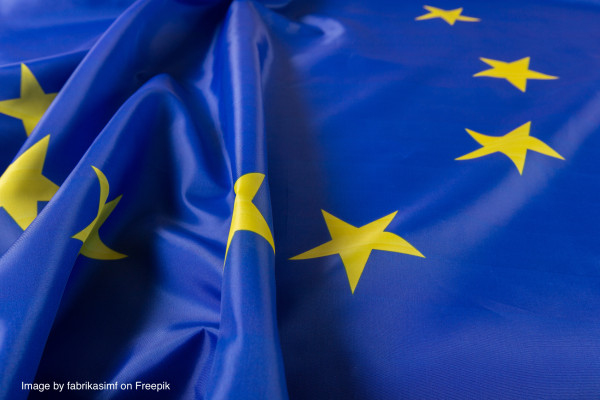In January 1945, while the final battles of the Second World War were still being fought, preparations were being made for a post-war international conference to be held in San Francisco on April 25. There, a Charter for international cooperation was to be presented to the victorious Allied Powers in which international structures were recommended to guarantee a lasting peace. The ultimate outcome of this conference was the birth of the Organization of the United Nations, designed to save succeeding generations from the scourge of war, but equally important, reaffirming faith in fundamental human rights, the dignity and worth of the human person, the promotion of social progress and better standards of life with larger freedom.
Our speaker will guide us through the history the United Nations, and how it has met the objectives of the Universal Declaration on Human Rights of 1948 and the several binding international agreements that followed. It has a proud history and reason to celebrate this 75th birthday. However, today there seems to be less trust and less interest. National governments seem more and more confident that they can manage affairs outside the framework of international cooperation.
Through Neri Sybesma-Kohl, we will have a closer look at how the United Nations can help in resolving world-wide problems. Our speaker, Neri Sybesma-Knol is emeritus Professor of International Law and the Law of International Organizations at the University of Brussels, VUB. She holds a Ph.D. from the University of Leiden, where she wrote her doctoral thesis on “The Status of Observers in the United Nations”. She was the Director of the Centre for United Nations Studies, as well as the Director of LLM Program in International and European Law at the University of Brussels and her expertise includes International Law, United Nations structures and Activities in general, Peacekeeping, Human Rights, Women’s Rights, Air and Space Law and Institutional Law of the EU. She has served on the Board of both the Dutch and the Belgian Association of International Law and is an honorary President of the United Nations Association of Belgium.
Note: Content and images not intended for copyright infringement.






